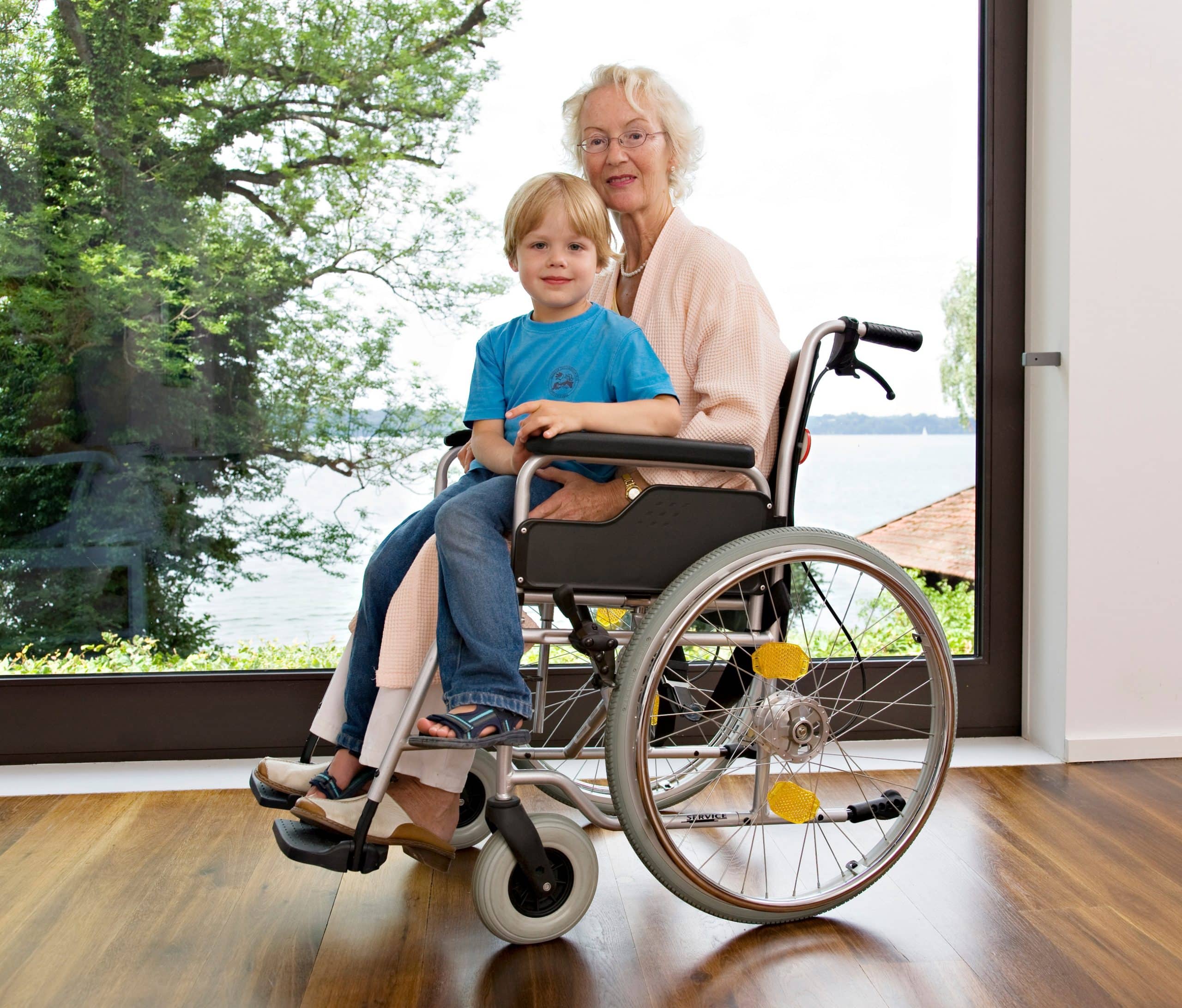How Can Real Estate Developments Promote Active Transportation Solutions Like Cycling and Walking?

In today’s rapidly urbanizing world, the question of how to integrate sustainable transportation into real estate development has become more pressing than ever. At the crux of this issue is the concept of active transportation – modes of transport that require human energy, such as walking and cycling. These modes not only cut down on traffic congestion and carbon emissions but also promote public health and safety. So, how can real estate developments integrate these active transportation solutions into their design and infrastructure to create healthier, more sustainable urban communities?
The Intersection of Active Transportation and Real Estate Development
Real estate development and transportation are two sides of the same coin. How communities are built influences how people move within them and vice versa. Integrating active transportation into real estate development involves creating infrastructures that support and encourage healthier, low-impact modes of transport.
A découvrir également : How to Deploy IoT-Based Monitoring Systems for Structural Health of Real Estate Assets?
Active transportation solutions, like biking and walking, play a significant role in promoting a healthier lifestyle. They offer multiple benefits, from improving public health and well-being to reducing congestion and air pollution. Furthermore, they offer an economical and accessible alternative to motorized transport, particularly in urban areas.
Developers can promote active transportation in several ways, from incorporating bike lanes and walking paths into their plans to ensuring that buildings and amenities are easily reachable by foot or bicycle. It’s about creating a built environment that caters not just to cars but to people.
A lire aussi : What Are the Best Investment Opportunities in UK’s Underserved Real Estate Markets?
Active Transportation: A Sustainable Solution for Urban Areas
As more and more people flock to cities, the need for sustainable transportation solutions becomes more critical. Active transportation, such as walking or cycling, presents a viable solution to many challenges facing modern urban areas.
Investing in infrastructure that supports active transportation could have significant impacts on public health. Regular physical activity, like walking or cycling, reduces the risk of heart disease, obesity, and other health issues. It also improves mental health by alleviating symptoms of stress and anxiety.
Furthermore, active transportation contributes to the reduction of traffic congestion and carbon emissions, enhancing the safety and sustainability of urban environments. It also fosters a sense of community, as pedestrians and cyclists are more likely to interact with each other and their surroundings than those in motorized vehicles.
Fostering Active Transportation Through Strategic Infrastructure Development
Developers play a crucial role in shaping the transportation landscape of a city or community. By incorporating infrastructure that supports and encourages active transportation, developers can cultivate healthier, more sustainable communities.
For instance, incorporating bike lanes and walking paths into development plans not only facilitates active transportation but also makes it a more attractive option. Providing secure bike storage facilities, showers, and lockers could encourage more residents to cycle to work or for leisure.
Moreover, integrating public transit access points within walking or cycling distance can make active transportation more feasible and appealing. This promotes a multi-modal transportation system, where residents can easily shift between walking, biking, and public transit.
The Role of Community Engagement in Promoting Active Transportation
Community engagement is a vital aspect of promoting active transportation in real estate developments. By involving local residents and stakeholders in the planning process, developers can ensure that the proposed infrastructure meets the community’s needs and preferences.
Community-led initiatives, such as bike shares or walking groups, can foster a culture of active transportation within a community. In addition, creating spaces that are conducive to social interaction, like parks or pedestrian plazas, can make walking or cycling more enjoyable and attractive.
Case Studies: Successful Integration of Active Transportation in Real Estate Development
Several real estate developments worldwide have successfully incorporated active transportation in their design and infrastructure. In the Netherlands, for instance, the city of Houten is designed around cycling, with a network of bike paths connecting all parts of the city. In the United States, the Pearl District in Portland, Oregon, is another example of a neighborhood designed with active transportation in mind. Wide sidewalks, bike lanes, and access to public transit make it easy for residents to get around without a car.
These case studies show that integrating active transportation in real estate developments is not only feasible but also beneficial for the health, safety, and sustainability of communities. By prioritizing people over cars and promoting healthier, more sustainable modes of transport, real estate developers can play a crucial role in shaping the future of our cities and communities.
Pioneering Advances in Transportation Planning for Healthier Cities
Innovative transportation planning is becoming an essential facet of urban development. Successfully integrating active transportation into real estate development requires a shift in perspective, where a car-centric approach gives way to a human-centric one. This transformation necessitates a rethink of traditional urban design to create spaces that support and encourage walking and bicycling as primary modes of transport.
One such method is the concept of Transit-Oriented Development (TOD). TOD involves the construction of residential and commercial areas around major public transit hubs, encouraging residents to rely less on cars and more on public and active transport. This, in turn, reduces traffic congestion and air pollution, and promotes physical activity.
Bike sharing programs are another efficient way of promoting active transport. Offering easily accessible bikes for rent encourages people to choose cycling over driving for short trips. Bike sharing schemes not only cater to those who do not own bicycles, but also provide an additional transportation option for those who do.
The incorporation of green spaces and parks into urban planning also contributes to the promotion of active transportation. These spaces provide safe and pleasant routes for walking and bicycling, elevating them from merely being modes of transport to enjoyable activities in their own right.
Lastly, designing communities surrounding the concept of "20-minute neighborhoods" can significantly promote active travel. The idea is to create neighborhoods where essential services like schools, grocery stores, and healthcare facilities are all within a 20-minute walk or bike ride. This encourages residents to opt for active transportation options, reinforcing the notion of walking and bicycling as viable, everyday modes of transport.
Conclusion: Moving Towards a Healthy, Active Future
The integration of active transportation into real estate development presents an exciting opportunity to reshape our urban landscapes. By prioritizing sustainable transportation solutions like walking and biking, we can create communities that are not only healthier and safer, but also more vibrant and socially connected.
However, this shift requires the concerted effort of policymakers, urban planners, real estate developers, and the community. Policies need to be put in place to support the development of infrastructure that encourages active transportation. Urban planners and developers must work hand in hand to design communities that prioritize people over cars.
Meanwhile, the community plays a vital role in embracing and promoting these changes. Whether it’s opting to walk or bike for short trips, participating in bike sharing programs, or getting involved in transportation planning initiatives, every small step contributes to the larger goal of creating sustainable, active communities.
In the face of issues like traffic congestion, air pollution, and public health concerns, active transportation emerges as a solution that addresses these challenges head-on. By integrating active transportation into real estate development, we don’t just build buildings and streets – we build healthier, more sustainable lifestyles for the future.
